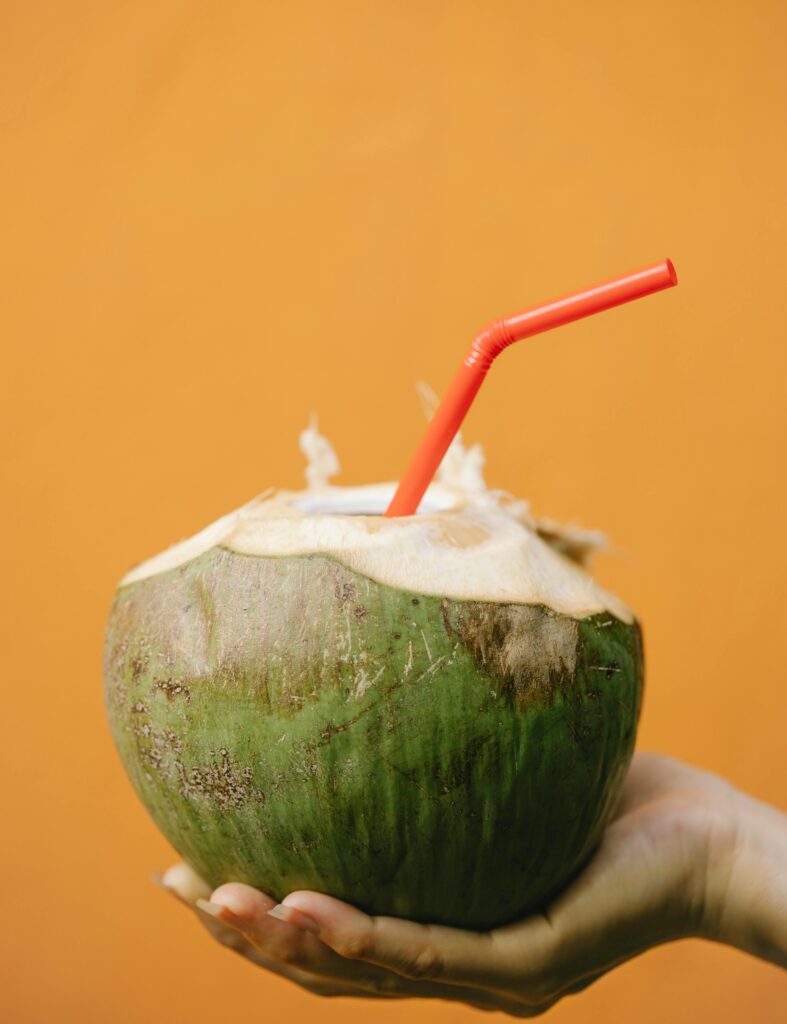There is an iconic Glucon-D advertisement that remains etched in every Indian’s memory: a blazing sun, grinning mischievously, extends straws toward children playing cricket, symbolically sucking the very energy out of them. As one child collapses under the weight of the heat, he rushes home, where a glass of chilled Glucon-D saves the day. It’s a humorous yet piercing metaphor for the intensity of Indian summers, where the sun seems to drink from our bodies.

This ad did more than sell a product—it became symbolic of a collective experience. The Indian summer isn’t just a season; it’s a cultural event. Mangoes pile high in markets, schoolchildren burst into vacation mode, and the koel’s song becomes the unofficial soundtrack of the season. But the relationship between humans and seasonal change runs far deeper than childhood nostalgia. Across the globe and throughout history, seasons have inspired poets, musicians, and even medical systems.
Consider pop culture: “Winter is Coming,” the ominous refrain from Game of Thrones, became a metaphor for danger and change. Or Summer of ’69, which captured youth, energy, and hope. In India, the monsoon is romanticized in Bollywood classics like Tip Tip Barsa Paani or Barso Re Megha, turning rain into a sensual or emotional celebration. These artistic expressions mirror an innate truth: seasonal changes don’t just affect our environment—they shift our inner worlds, too.
From the clothes we wear to the food we eat, from our moods to our metabolism, everything flows in rhythm with the seasons. Ayurveda recognized this centuries ago. According to Ayurveda, seasonal changes (called Ritucharya) play a crucial role in maintaining balance in the body, mind, and spirit. Our energy levels (Bala), digestive fire (Agni), and the three doshas—Vata, Pitta, and Kapha—all fluctuate as the environment changes.
The Two Great Phases: Uttarayana and Dakshinayana
In Indian tradition, the year is divided into two halves:

Uttarayana (Aadaan Kala – The Taking Away Period)
Timeframe: Mid-January to mid-July (Shishir – late winter, Vasant – spring, Grishma – summer)
Nature: The sun moves northward. Days become longer and hotter.
Effect on Body & Nature: The sun and wind grow stronger. Body strength begins high in late winter and decreases steadily, reaching its lowest point during summer. Vata begins to accumulate, and Pitta is aggravated. The environment becomes drier and harsher.
Dakshinayana (Visarga Kala – The Giving Back Period)
Timeframe: Mid-July to mid-January (Varsha – monsoon, Sharad – autumn, Hemant – early winter)
Nature: The sun moves southward. Days become cooler and shorter.
Effect on Body & Nature: Cooling moonlight dominates. Strength returns gradually, peaking during early winter. This half of the year is nourishing and restorative. Kapha accumulates, and digestion strengthens.
Ritu Sandhi – The Delicate Transition
Ayurveda cautions against abrupt changes during Ritu Sandhi—the transition from one season to another. Just like we slowly acclimatize when moving to a new city, our body needs gentle adjustment when the seasons shift. During this phase, any extreme—whether in diet, activity, or lifestyle—can trigger imbalance and lead to illness.
Our lifestyle and food habits should be gradually adjusted according to the coming season. For example, heavy foods can be digested well during winter. But once Vasant (spring) starts, one should stop consuming such heavy items.
Summer – The Season of Heat and Fatigue
Summer, or Grishma Ritu, is when the body’s strength is at its lowest. As described vividly in Ayurvedic texts, the sun doesn’t just heat the land—it draws moisture and vitality from everything in the environment, including our bodies. Just like in the Glucon-D ad, it’s as if the sun is drinking from our energy reserves, leaving us fatigued and dehydrated. Jatharagni (digestive fire) becomes weak to moderate, meaning we cannot digest heavy or oily foods easily.
Predominant Dosha: Kapha dosha reduces as moisture diminishes in our body, which leads to a rise in Vata dosha.

Diet (Ahara):
- Favour cooling, hydrating foods: coconut water, neera, pomegranate, kokum juice
- Prefer sweet, light foods, and items cold in potency: milk, ghee (in moderation), moong dal, rice
- Buttermilk (made from diluted curd in a 1:4 ratio with water) is cooling and good in moderation.
- However, curd/yogurt should be avoided during the day. Despite its cool texture, curd is ushna (hot in potency), which can aggravate Pitta.
Lifestyle (Vihara):
- Avoid sun exposure, anger, and overexertion
- Exercise or workouts should be done in moderation
- Sleep during the day is allowed in summer. Normally discouraged, day-sleep helps the body recover energy when it’s depleted by extreme heat. Still, one should avoid sleeping immediately after meals.
- Light cotton clothing, sandalwood paste, rose water, and cool baths can help balance heat.
Cultural Continuity and Modern Relevance
Even today, the impact of seasonal change is visible beyond tradition. We prepare for monsoon with umbrellas and waterproof shoes. We see winter sales and sweater shopping. But these are external shifts. Internally, the body prepares too—altering its digestion, immunity, and energy levels in response to temperature and sunlight.
Modern science has only recently caught up with what Ayurveda has known all along: our circadian rhythms, hormonal balance, and metabolism are all influenced by the time of year.
Yet summers today are crueller, intensified by global warming and irregular seasonal cycles. Our ancestors lived in harmony with nature’s rhythms; today, we need to consciously restore that connection.
By understanding how seasons influence our inner and outer worlds—and by aligning our diets, habits, and emotional health accordingly—we can lead more balanced, aware, and resilient lives. Just like the boy in the Glucon-D ad, we all need to stay a step ahead of the sun’s straw.

